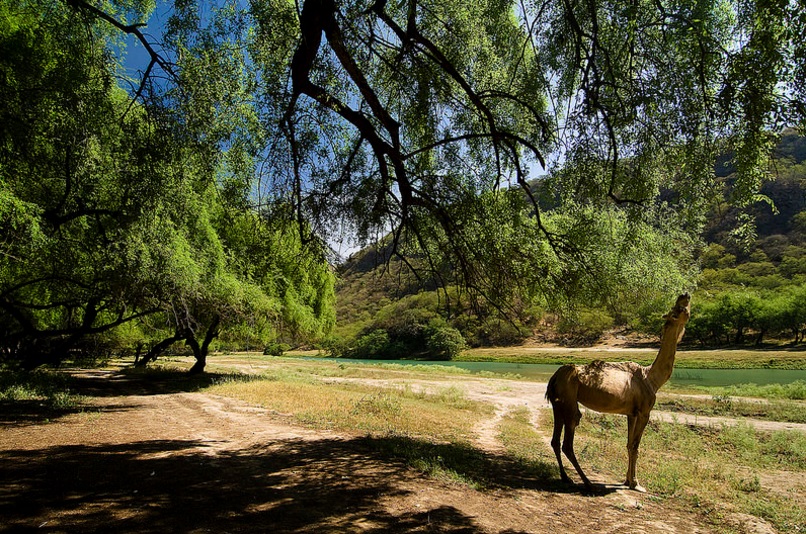
By Sana Panjwani
October’s arrival brings the wonder of watching the seasons change.
In some parts of the world, Mother Nature treats us to her annual vibrant cycle, dropping her summertime hues in favor of splashes of brilliant reds, oranges and yellows during her annual waltz of falling leaves.
While this signature autumnal change isn’t a common sight in most of the Middle East, Oman experiences a different, spectacular seasonal change that transforms the dry, barren desert into a flourishing, tropical jungle seemingly overnight.
For three months out of the year, between June and September, Oman’s Dhofar region plays host to a natural and lush pop-up jungle blanketed by a monsoon of cool mists, thick fog and rain.
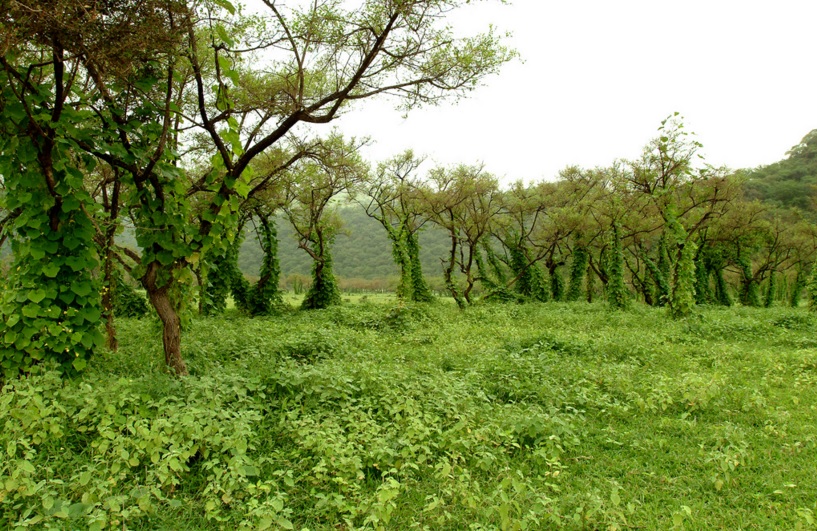
Amazingly, only 155mi of the region is affected by the change, with the surrounding areas remaining untouched. Temperatures drop from a scorching 50C to a cool 20C overnight in the region, with the nearby areas still sport a hot 50C atmosphere.
The effect is colloquially dubbed Salalah Khareef (Monsoon); Khareef being an Arabic term used to describe this incredibly unique weather pattern caused by a change in surface wind. The sudden change encourages the upwelling of water from the Indian Ocean, leading to the creation of humidity and rainwater which cools Salalah and Dhofar’s coastal fringes.
“The forested slopes of the escarpment are a true global wonder — for nine months of the year, they are mostly barren and leafless, but during the monsoon, they turn into a rich, green, sub-tropical forest, dense with vegetation and dripping with moisture,” said Andrew Anderson, a landscape architect at the Oman Botanic Garden. “This is scientifically a cloud forest – but it is the only area in the world where this rich, wet cloud forest transforms to and from a dry, arid environment.”
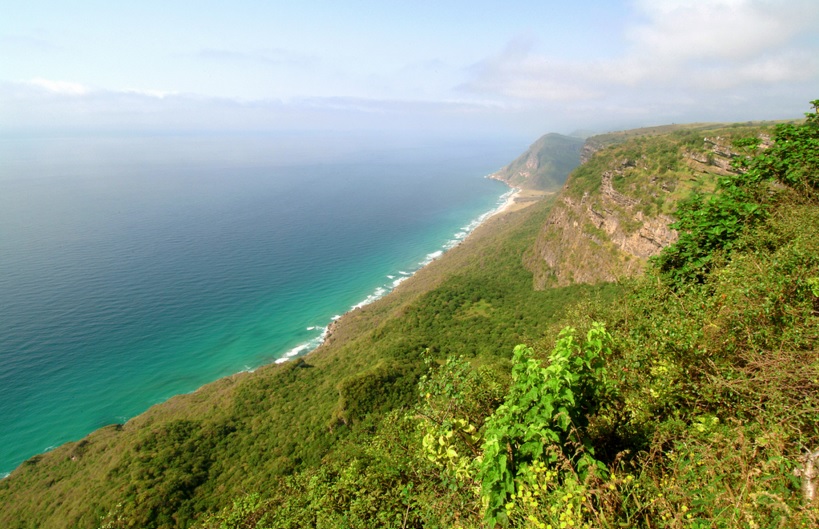
The annual transformation gifts Oman with a unique tourist opportunity, inviting in various business opportunities, growth and opening up a platform to showcase their culture and traditions to travelers.
From July 15 to August 31, the Gulf nation hosts the Salalah Festival, celebrating Oman’s fashion, national heritage, local cuisine and music. Along with the festival, tourists can also enjoy the indigenous flora and fauna such as the Arabian leopard and the celebrated plant Frankincense.
“This tiny arc of land is one of the last refugees of the critically endangered Arabian Leopard, with perhaps as few as 100 individuals remaining,” adds Anderson. “Many other insects, snakes, spiders and mammals – including camels – call this part of the world home.”
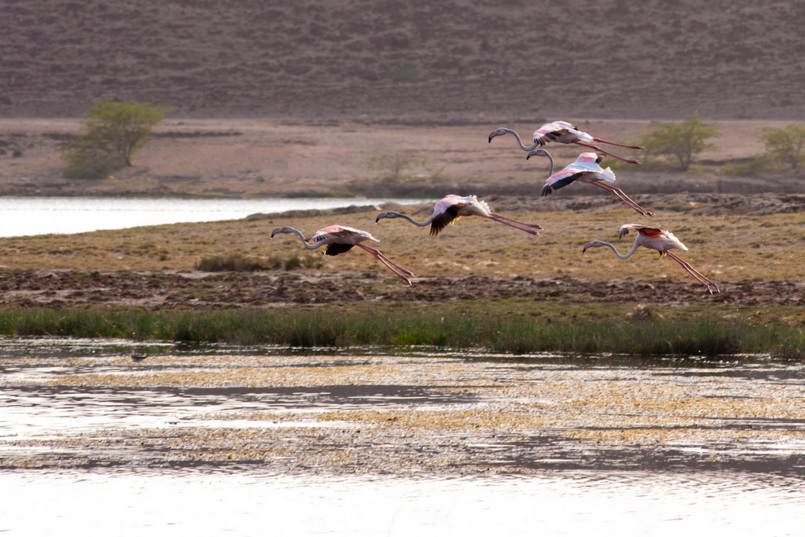
“We see a positive trend and business is doing well. Special packages and offers are bringing us good business,” says Manuel Levonian, the General Manager of Crowne Plaza Salalah, referring to the municipality’s development of internal road networks, infrastructures and family-friendly areas.
The Khareef season sees a 44.4% increase in tourism in Oman, with the percentage rising as more people across the globe hear of the “Jungle of Arabia”. Salalah played host to around 272,000 tourists in 2014 and 393,000 in 2015.
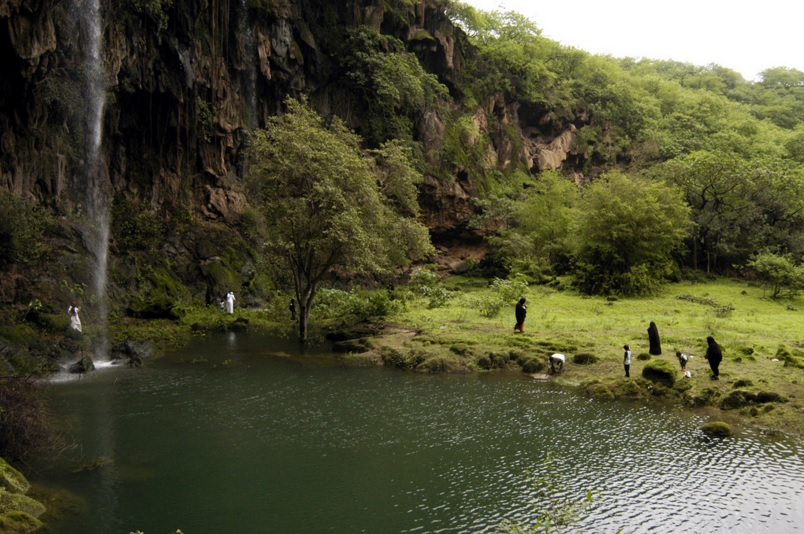
“Salalah, Oman’s second largest city and home of frankincense, continuously attracts tourists from around the globe. Its white sandy beaches, mountains, green valleys and lagoons as well as its ancient trade links make it a famous destination for holidaymakers. Aside from its rich history and natural beauty, tourist arrivals have also been continuously growing over the years, with many once-in-a-lifetime activities such as dolphin spotting and underwater expeditions are in store for them,” said Salim Edi Al Mamari, the Director General of Tourism Promotion at Oman’s Ministry of Tourism. “The yearly Salalah Tourism Festival, along with the opening of the new Salalah airport, is also driving this growth. We aim to maintain this momentum by consistently boosting our tourism campaigns.”
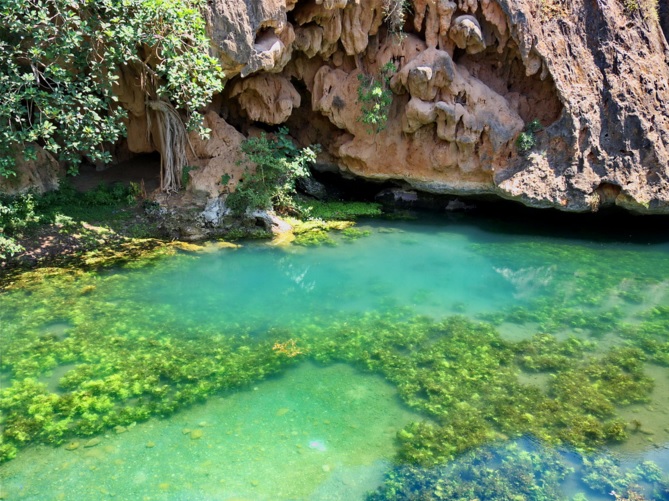
For a country with so much lush natural terrain, it is surprising that it doesn’t get as much attention as it duly deserves, aptly giving Oman the title as “Middle East’s best-kept secret.” What media coverage the Middle East does get predominantly focuses on the violence prevalent in the region, overshadowing the tradition, culture and beauty that is just as important to see, understand and remember.
As Condé Nast’s Susan Hack best put it, Oman is “the yin to neighboring Dubai’s hyped-up skyscraper yang, it offers travelers a combination of sophisticated Arabian heritage and unspoiled natural landscape that includes mountains, sand dunes, beaches, and world-class dive sites.”





























Comments